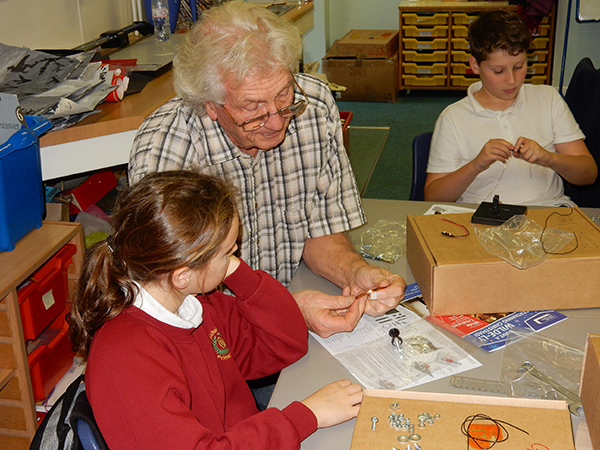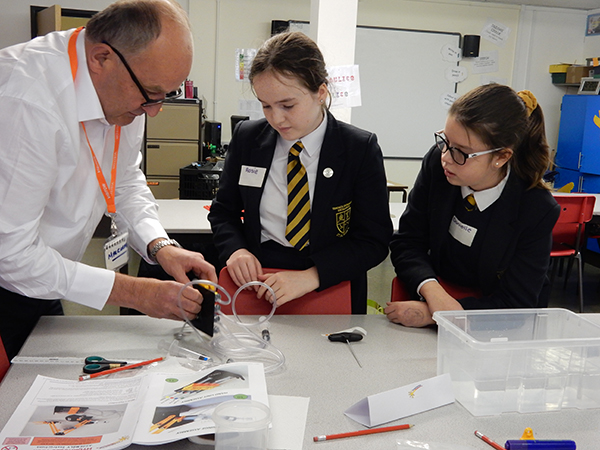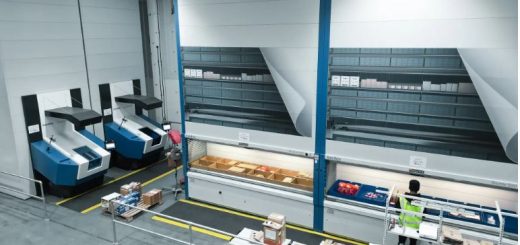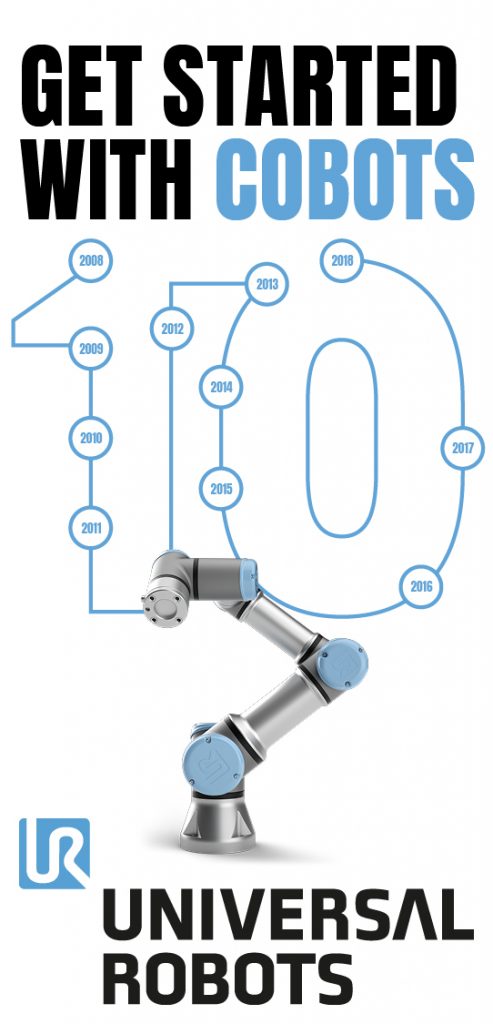DEVELOPING ENGINEERS OF THE FUTURE
It is well known that the manufacturing sector, requiring STEM skills (science, technology, engineering, mathematics), is vital to the UK economy with engineering alone generating 23% (£1.23 trillion) of the UK’s total turnover. It is also widely known that the sector faces significant challenges needing 124,000 engineers and technicians with core engineering skills every year to meet demand through to 2024.
However, 61% of UK businesses are not confident that there will be enough people with the right skills to fill their high-skilled job vacancies with the anticipated shortfall of thousands of skilled and semi-skilled engineers and technicians. **
Engineering plays a pivotal role in the wellbeing of the UK’s economy and society as a whole, providing quality employment on a large scale. It provides some of the key solutions to major technological advancements and a changing political and economic landscape, developing platforms to address the skills needed by the engineering sector.
The largest stream of newly skilled talent into the engineering workforce comes directly from education. While trends in STEM education are broadly positive, STEM teacher recruitment and retention is an increasing problem. Pupil numbers have grown by nearly half a million between 2011 and 2016 but the number of STEM specialist teachers has remained mainly stagnant since 2015.**
There a number of challenges – from too few STEM teachers and limited access to STEM careers information to limited understanding of engineering as a whole and too little knowledge of apprenticeships.
Bob Shanks is Chairman of the independent education charity, the Imagineering Foundation which has been promoting engineering and technology to young people through fun hands-on for two decades. He explained: “To ensure the UK has a sustainable pool of talent, manufacturers share the responsibility to inspire, educate and support the next generation not only for their own organisation but also those in their supply chain. One way is to use whatever time they have available to support schools and pupils of any age, inspiring them to pursue the appropriate career paths for their industries, by bringing activities into formal and informal learning contexts to enhance the STEM curriculum – through fun, hands-on personal involvement.”
Recent guidelines for schools from the Department for Education encourage them to engage with companies and ‘STEM subject teachers should highlight the relevance of STEM subjects for a wide range of future career paths……Schools should engage fully with local employers, businesses and professional networks to ensure real-world connections with employers lie at the heart of careers strategy.’
There is a strong need for improvement for simpler ways for schools to connect with employers and other providers to access good quality, engineering focused STEM engagement activity. However, most companies are not prepared or equipped to ‘engage’ with schools. The world of schools and education can be hard to understand from the outside. And the ‘outside’ world of companies and manufacturers can be equally complex for teachers.
While engaging with schools may seem a daunting prospect to get off the ground it is in fact a lot simpler than it may seem at first. Organisations need to make some simple choices first of all – which age group (primary or secondary school for example) they wish to engage with and the level of that engagement – one off visit or more regular sustained activity – and for how many pupils. They then need to identify a school, perhaps through an existing outreach programme or existing connections with a local school. And importantly, establishing contact with the right teacher in the school is crucial in making an approach to the school with an offer of free curriculum-linked STEM activity.
Many schools, particularly primary schools, are limited in the hands-on engineering and technology experiences they can provide so provision of practical fun hands-on STEM activity is popular. The ‘Imagineering Bench Micrometer’ is a classic example of a make-and-take project that can be delivered within a one to two hour slot – https://imagineering.org.uk/clubs/projects/micrometer It covers measurement; decimals; screw threads; pitch; calibration; precision measurement and the use of simple tools – as well as expanding vocabulary – and maps to National Curriculum requirements. It also provides opportunities, if appropriate and time allows, for expanding learning and describing real life applications.
One company that has successfully engaged pupils with Imagineering’s STEM projects is Xaar plc, running a weekly Imagineering Club in two local schools. Xaar CEO, Ted Wiggans, commented: “As a global technology business, Xaar requires the very best engineering talent, and it is therefore essential that we do our bit to inspire the next generation of engineers. Our sponsorship of the Imagineering Clubs is the perfect way to capture students’ imagination, and all the team at Xaar receive a great sense of achievement from working with the students at both schools.”
James Singleterry, Headteacher at the local primary school, Stukeley Meadows, said: “Our Imagineering Club is a great way for us to build on the work we do in school and develop students’ science and engineering skills even further. The tutors from Xaar provide a deep and inspiring insight into the diverse world of engineering – and ensure everyone has a lot of fun along the way.”
Bob Shanks of Imagineering said: “Manufacturers’ employees can bring a subject to life and inspire a new generation with their own experiences. They also have the opportunity to develop, build confidence and widen their own horizons, developing transferable skills and gaining a fresh perspective on their day to day work through the eyes of young people.”
The engineering community needs to ensure young people have a full understanding (at primary, secondary and further education levels), of the excitement a career in engineering offers and the potential contribution they can make to society as an engineer. There needs to be closer collaboration between engineering and STEM outreach communities as well as the education sector and the government – key to ensuring young people experience real life applications of engineering, understand the career paths and are informed of the many opportunities a career in the profession can provide. All of this can take time but in the short term there are some simple ways that companies can start to make a difference.
For more information on engaging with schools and Imagineering projects: Joy Smith, Imagineering Foundation E: joy.jcm@btinternet.com
Imagineering Foundation – www.imagineering.org.uk
Sources: ** Engineering UK Report 2018 – The State of Engineering –
https://www.engineeringuk.com/media/1576/7444_enguk18_synopsis_standalone_aw.pdf


























